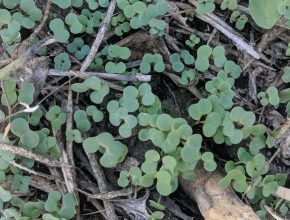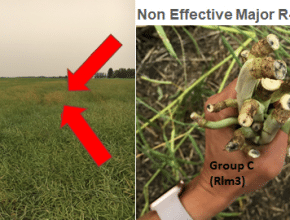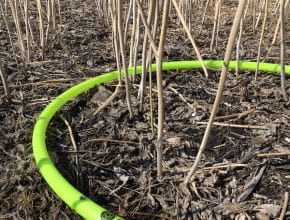Home / Archives for 2019 / Page 5
-
The general advice is to leave them. As annuals, frost and winter will kill off most of them, and any money spent trying to control these volunteers would be wasted. Possible exceptions that may change your approach…
-
In celebration of Phosphorus Week and the 350th anniversary of the discovery of this essential element for agriculture, Fertilizer Canada launched "4R Management of Phosphorus Fertilizer in the Northern Great Plains: A Review of the Scientific Literature”, written by Cindy Grant and Don Flaten.Here are a few key messages…
-
Harvest delays due to soggy soils, frequent rains and even mist have canola growers wondering about risk to the crop and what, if anything, they can do reduce these risks…
-
This week's quiz is based on information in this video, "Clubroot in Canola"…
-
Manitoba Agriculture announced this week it has discovered a clubroot pathotype in South Central Manitoba that is able to overcome the first generation clubroot resistance. The article includes a 'recipe' to help growers limit clubroot damage in canola…
-
-
A lot of canola crops across Western Canada need a couple of weeks before all seeds are physiologically mature. With the frost risk rising with each passing day, farmers wonder if they should hurry up and cut that crop – even if cutting it green means a big sacrifice of yield…
-
Canola harvested at 12.5% moisture (tough) or 15% moisture (damp) may not last long in storage before spoilage begins. How long it lasts is hard to predict. Here are answers to some common questions…
-
While doing harvest disease scouting, why not do a plant count at the same time? Compare final plant populations for each canola crops to its days to maturity, evenness, harvestability and yield to determine your favourite plant density this year…



